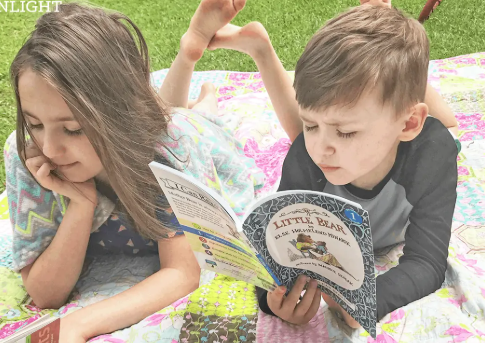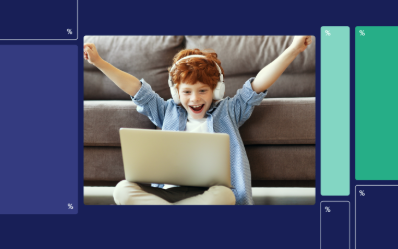Integrating reading and writing tasks in the classroom is a proven method to enhance students’ overall literacy. When these two core skills are taught together, learners develop stronger comprehension, critical thinking, and communication abilities. This connected approach reflects how literacy functions in real-world contexts—where reading often informs writing, and writing deepens reading understanding.
Understanding the Synergy Between Reading and Writing
Reading and writing are mutually supportive processes. When students read texts with the intention of responding to them in writing, they pay closer attention to structure, vocabulary, and meaning. Conversely, when writing about a text, they revisit key ideas, which reinforces their comprehension and interpretation.
Strategies for Integration
- Reading-to-Write Tasks: Have students analyze a short story, article, or poem and then respond with a written reflection, summary, or argument.
- Writing-to-Read Activities: Ask students to write predictions, questions, or personal connections before reading a new text. This primes their engagement and curiosity.
- Text Imitation Exercises: Encourage learners to model their writing after a well-crafted passage, focusing on tone, structure, or language use.
- Integrated Projects: Design assignments that combine research, reading of multiple texts, and a final written product that synthesizes findings.
Benefits of Integration
- Improved Understanding: Students grasp texts more deeply when they process ideas through writing.
- Stronger Vocabulary and Grammar: Exposure to varied texts enhances writing fluency and precision.
- Better Critical Thinking: Analyzing texts and forming written responses builds reasoning and clarity.
Practical Tips for Teachers
- Choose texts that are rich in themes and lend themselves to discussion and written response.
- Provide scaffolding like graphic organizers, sentence starters, and peer feedback.
- Encourage revision by having students revisit their writing after further reading or discussion.
Conclusion
Integrating reading and writing tasks helps students become more thoughtful, capable, and confident communicators. This approach not only supports academic achievement but also prepares learners for lifelong literacy success. By uniting these essential skills, educators can create engaging, meaningful learning experiences that resonate beyond the classroom.






